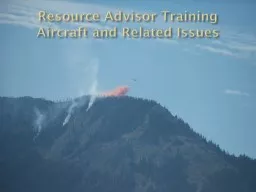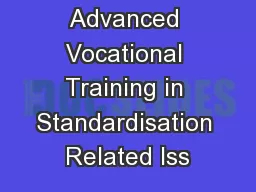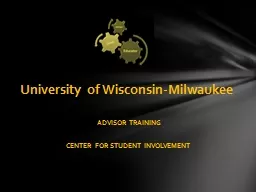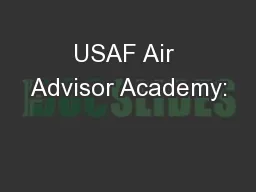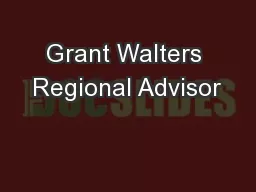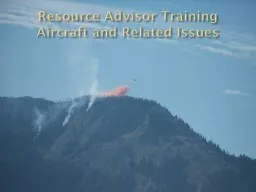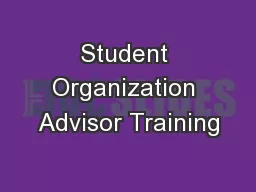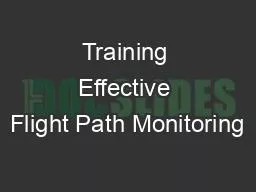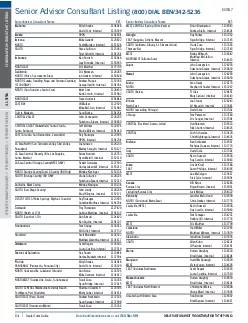PPT-Resource Advisor Training Aircraft and Related Issues
Author : yoshiko-marsland | Published Date : 2016-12-16
Tools Used for Delivery There are numerous platforms utilized to deliver suppressant and retardant to a fire area Each has its own unique abilities and functions
Presentation Embed Code
Download Presentation
Download Presentation The PPT/PDF document "Resource Advisor Training Aircraft and R..." is the property of its rightful owner. Permission is granted to download and print the materials on this website for personal, non-commercial use only, and to display it on your personal computer provided you do not modify the materials and that you retain all copyright notices contained in the materials. By downloading content from our website, you accept the terms of this agreement.
Resource Advisor Training Aircraft and Related Issues: Transcript
Download Rules Of Document
"Resource Advisor Training Aircraft and Related Issues"The content belongs to its owner. You may download and print it for personal use, without modification, and keep all copyright notices. By downloading, you agree to these terms.
Related Documents

